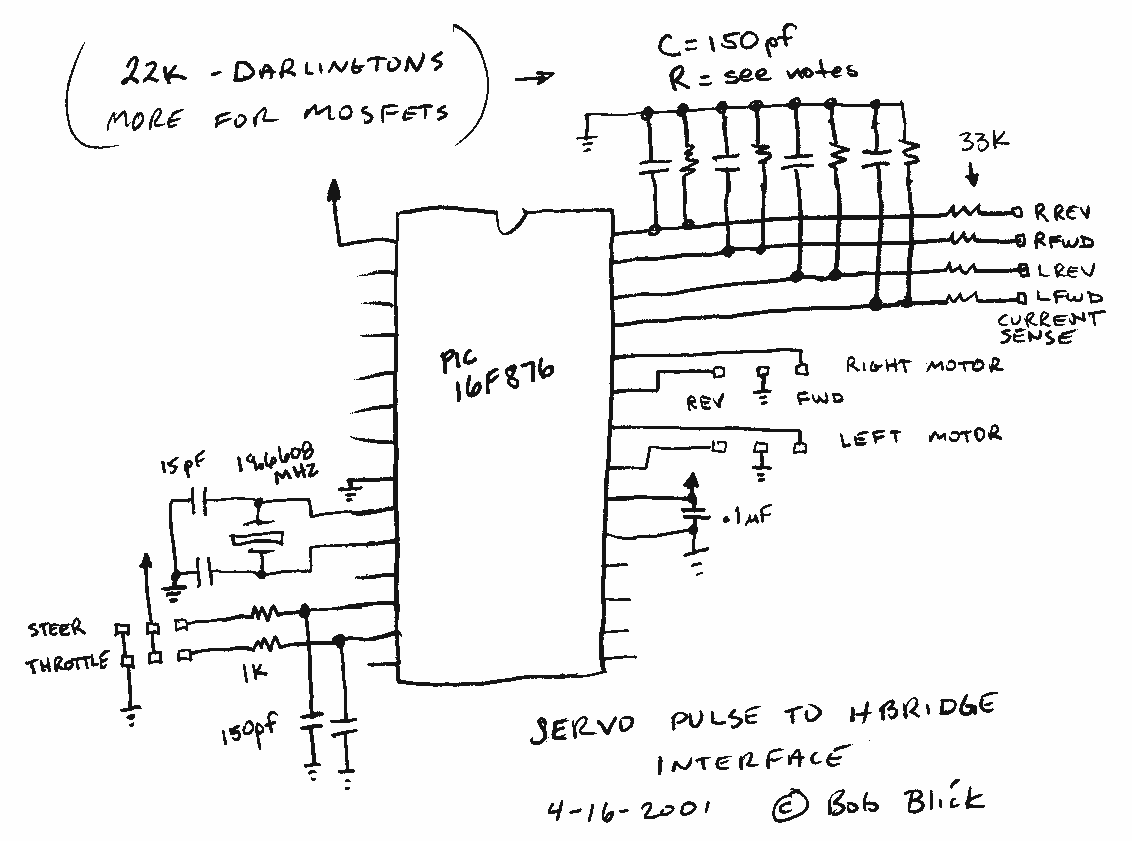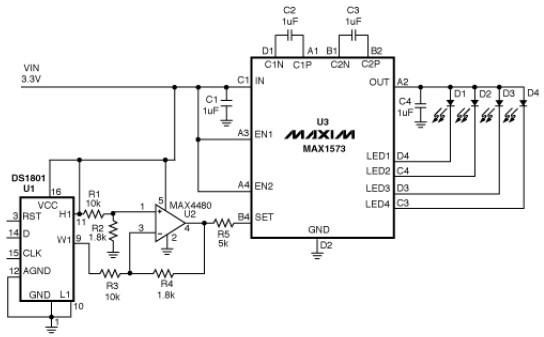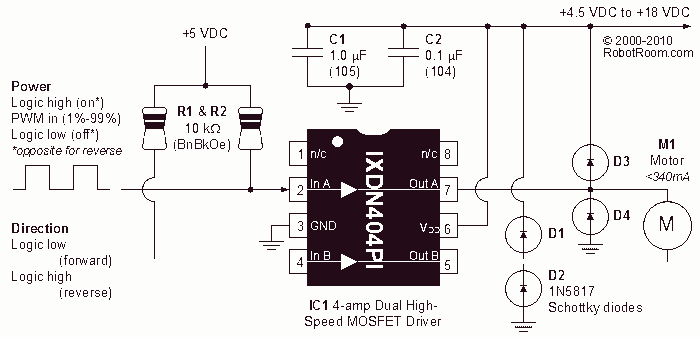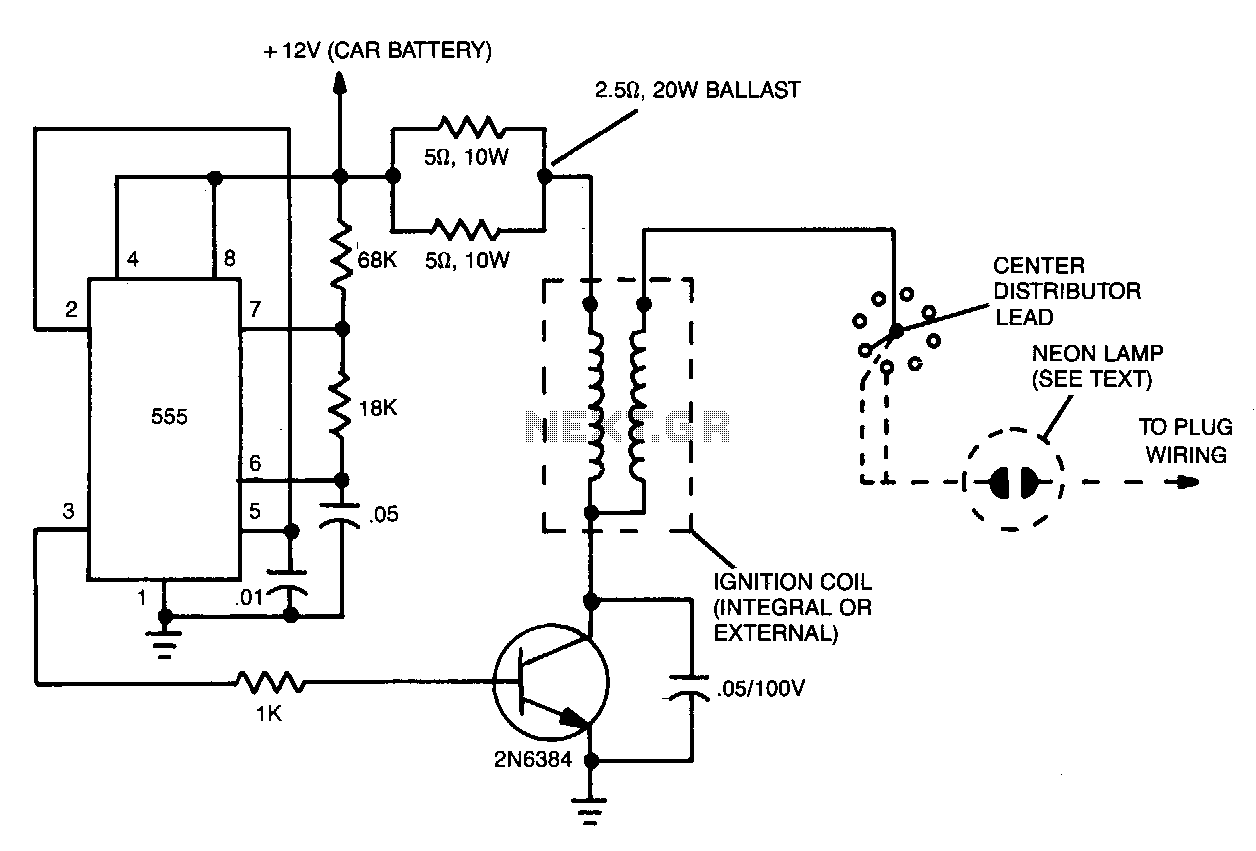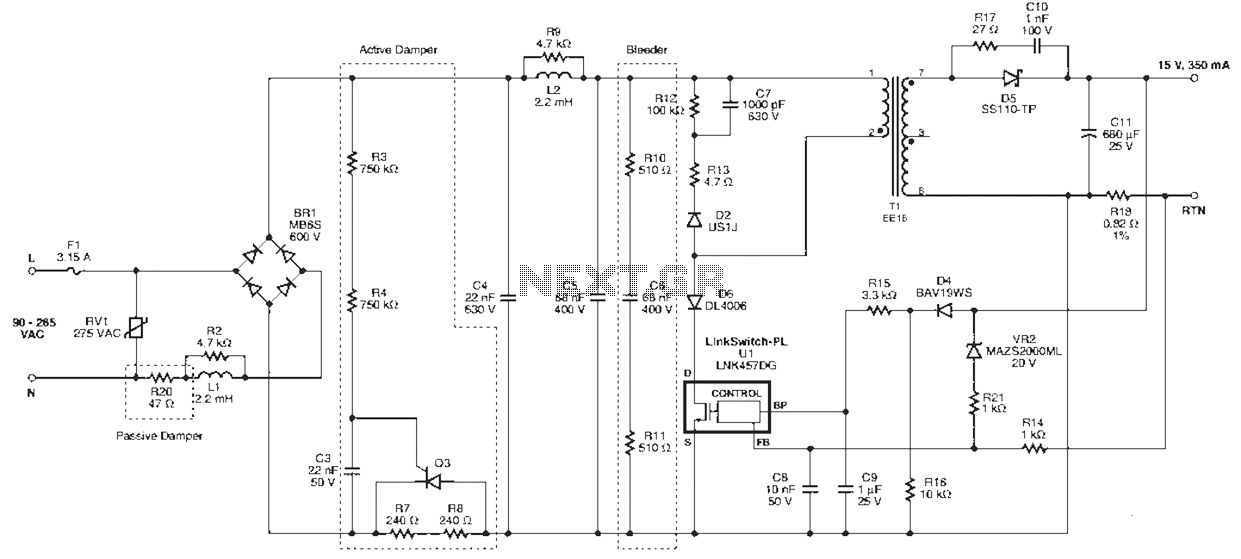
Dual ignition coil driver

In addition to flyback transformers and microwave oven transformers (MOTs), automotive ignition coils are frequently utilized as high voltage sources by various enthusiasts. This is particularly true for the classic cylindrical ignition coils used in carbureted engines prior to 1990, which were directly powered by the battery through contact breakers to generate sparks. A robust primary and secondary winding with appropriate insulation was necessary. Regardless of whether the ignition coil is an older model or a modern variant, the fundamental principle remains unchanged. An ignition coil essentially functions as a specialized iron-cored transformer featuring an open magnetic loop and a high turns ratio between the secondary and primary windings, with its high voltage return pin permanently connected to the primary. This assembly is typically immersed in oil or coated with similar insulating materials such as asphalt or concrete and is hermetically sealed. Contemporary ignition coils are significantly smaller, as they are driven by the vehicle's electronic ignition system. For experimental purposes, the older type is recommended. The method of driving these coils, derived from a SKODA 120, involves connecting them in anti-parallel through a mains sine-wave chopper, resembling a light dimmer, akin to a triac phase regulator circuit. A thyristor (SCR) is selected for waveform chopping instead of a TRIAC, as full-wave control would introduce additional stress on the coils. Since the high voltage return output is consistently linked to the primary, driving two coils in this manner presents a challenge: the entire circuit, including high voltage outputs, is at mains potential. The only means to obtain high voltage relative to ground from this configuration is by operating a single coil, ensuring that the second primary connection (linked to the high voltage secondary) is always grounded. For those with a TN-S (separated neutral and protective earth) system or ground fault circuit interrupters, achieving this may not be feasible without employing an external 1:1 mains transformer, as current cannot flow between live and protective earth. However, many high voltage experimenters might not find GFCI installations conducive to their needs. The setup is straightforward: a mains connection with a light dimmer in series, where a potentiometer regulates the conduction angle of the SCR; two run capacitors (for current limiting) and two ignition coils are operated out of phase. It is advisable to use lower capacitance values for modern coils. The operation at mains frequency results in sparks that produce a distinct loud growl, incomparable to the arcs generated by flyback drivers. Due to the two-coil configuration, which significantly surpasses the voltage output ranges for which ignition coils were originally designed, there is a risk of arc-over to the primary. Care should be taken to avoid burning conductive traces, as the sparks, while impressive, are not as powerful as flyback arcs. Utilizing effective insulating materials such as glass, silicone, hot glue, or rubber is recommended to mitigate these issues.
The ignition coil serves as an essential component in generating high voltage for spark production in internal combustion engines. Its operation is based on electromagnetic induction, where the primary winding, when energized, creates a magnetic field that induces a high voltage in the secondary winding due to the high turns ratio. The quality of insulation is crucial, as any breakdown can lead to inefficiencies or damage. The design of the ignition coil, typically featuring a laminated iron core to minimize eddy currents, enhances performance by allowing rapid magnetic field changes necessary for high voltage generation.
In experimental setups, especially those utilizing older ignition coils, safety precautions should be paramount. The connection of coils in anti-parallel through a mains sine-wave chopper requires careful consideration of the circuit design to prevent electrical hazards. The choice of components, such as the thyristor for controlling the waveform, should be made with an understanding of the electrical characteristics and limitations of the ignition coils being used. Additionally, the use of capacitors for current limiting is essential to protect the coils from excessive current that could lead to overheating or failure.
When experimenting with high voltage systems, the risk of electrical arcing must be addressed through proper insulation techniques and materials. The selection of insulating materials should consider their dielectric strength and thermal properties to ensure reliable operation under high voltage conditions. Overall, the innovative use of automotive ignition coils in high voltage applications showcases their versatility and the potential for creative experimentation in electronics.Apart from flyback transformers or MOTs, automotive ignition coils are also used as high voltage sources by many enthusiasts. Especially those classic cylinder-shaped ones, used in carbureted engines pre-1990, since these were driven directly from the battery (through contact breakers) to generate sparks and a sturdy primary/secondary winding with
appropriate insulation had to be met. Now, whether you have the old one or today`s modern coils, the principle stays the same. Any ignition coil is basically a special iron-cored transformer with an open magnetic loop and a high sec/pri turns ratio, with its HV return pin permanently connected to the primary. This setup is then submerged in oil, or dipped in any similar insulation material, like asphalt or concrete and hermetically sealed.
Most ignition coils as of today are way smaller, since these are driven through your car`s electronic ignition system. For experimentation however, I recommend the former type. My approach how to drive these two (came from a SKODA 120 ) was in anti-parallel through a mains sine-wave chopper, like a light dimmer, similar to my triac phase regulator circuit.
To chop the waveform I`ve chosen a thyristor (SCR) instead of the TRIAC, as we don`t need full-wave control, it`d introduce more stress on the coils. Since the high voltage return output is always connected to the primary, driving two coils this way presents a drawback: the whole circuit, including HV outputs, is on mains potential.
The only way how to get HV against ground from this setup is to drive only one coil, making sure that your second primary connection (the one which is connected to HV secondary) is always earthed. For those unlucky ones with a TN-S (separated neutral and PE), or even with ground fault circuit interrupters, this might not be possible at all without using an external insulation 1:1 mains transformer, since you cannot draw current between live and PE.
But what high voltage experimenter has a GFCI installed in It would drive him nuts. Simple, isn`t it Mains with light dimmer in series, potentiometer regulates SCR`s conduction angle; two run capacitors (for current limiting) and two ignition coils in out of phase. I`d recommend lower capacities if you do have those modern coils, though. And because it runs straight off mains frequency, the sparks have a loud distinct growl totally incomparable to my flyback drivers.
Because a two-coil setup, such as this one, greatly exceeds the output voltage ranges your ignition coils were designed to operate in, you might be plagued with arc-overs to the primary. Don`t let it burn a conductive trace once the sparks alone aren`t as powerful as flyback arcs, nevertheless use any good insulating material such as glass, silicone, hot glue or rubber to see if it helps.
🔗 External reference
The ignition coil serves as an essential component in generating high voltage for spark production in internal combustion engines. Its operation is based on electromagnetic induction, where the primary winding, when energized, creates a magnetic field that induces a high voltage in the secondary winding due to the high turns ratio. The quality of insulation is crucial, as any breakdown can lead to inefficiencies or damage. The design of the ignition coil, typically featuring a laminated iron core to minimize eddy currents, enhances performance by allowing rapid magnetic field changes necessary for high voltage generation.
In experimental setups, especially those utilizing older ignition coils, safety precautions should be paramount. The connection of coils in anti-parallel through a mains sine-wave chopper requires careful consideration of the circuit design to prevent electrical hazards. The choice of components, such as the thyristor for controlling the waveform, should be made with an understanding of the electrical characteristics and limitations of the ignition coils being used. Additionally, the use of capacitors for current limiting is essential to protect the coils from excessive current that could lead to overheating or failure.
When experimenting with high voltage systems, the risk of electrical arcing must be addressed through proper insulation techniques and materials. The selection of insulating materials should consider their dielectric strength and thermal properties to ensure reliable operation under high voltage conditions. Overall, the innovative use of automotive ignition coils in high voltage applications showcases their versatility and the potential for creative experimentation in electronics.Apart from flyback transformers or MOTs, automotive ignition coils are also used as high voltage sources by many enthusiasts. Especially those classic cylinder-shaped ones, used in carbureted engines pre-1990, since these were driven directly from the battery (through contact breakers) to generate sparks and a sturdy primary/secondary winding with
appropriate insulation had to be met. Now, whether you have the old one or today`s modern coils, the principle stays the same. Any ignition coil is basically a special iron-cored transformer with an open magnetic loop and a high sec/pri turns ratio, with its HV return pin permanently connected to the primary. This setup is then submerged in oil, or dipped in any similar insulation material, like asphalt or concrete and hermetically sealed.
Most ignition coils as of today are way smaller, since these are driven through your car`s electronic ignition system. For experimentation however, I recommend the former type. My approach how to drive these two (came from a SKODA 120 ) was in anti-parallel through a mains sine-wave chopper, like a light dimmer, similar to my triac phase regulator circuit.
To chop the waveform I`ve chosen a thyristor (SCR) instead of the TRIAC, as we don`t need full-wave control, it`d introduce more stress on the coils. Since the high voltage return output is always connected to the primary, driving two coils this way presents a drawback: the whole circuit, including HV outputs, is on mains potential.
The only way how to get HV against ground from this setup is to drive only one coil, making sure that your second primary connection (the one which is connected to HV secondary) is always earthed. For those unlucky ones with a TN-S (separated neutral and PE), or even with ground fault circuit interrupters, this might not be possible at all without using an external insulation 1:1 mains transformer, since you cannot draw current between live and PE.
But what high voltage experimenter has a GFCI installed in It would drive him nuts. Simple, isn`t it Mains with light dimmer in series, potentiometer regulates SCR`s conduction angle; two run capacitors (for current limiting) and two ignition coils in out of phase. I`d recommend lower capacities if you do have those modern coils, though. And because it runs straight off mains frequency, the sparks have a loud distinct growl totally incomparable to my flyback drivers.
Because a two-coil setup, such as this one, greatly exceeds the output voltage ranges your ignition coils were designed to operate in, you might be plagued with arc-overs to the primary. Don`t let it burn a conductive trace once the sparks alone aren`t as powerful as flyback arcs, nevertheless use any good insulating material such as glass, silicone, hot glue or rubber to see if it helps.
🔗 External reference
